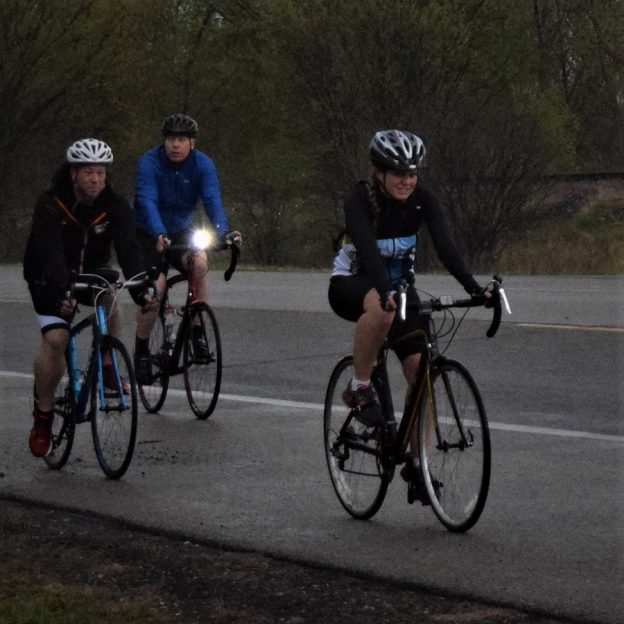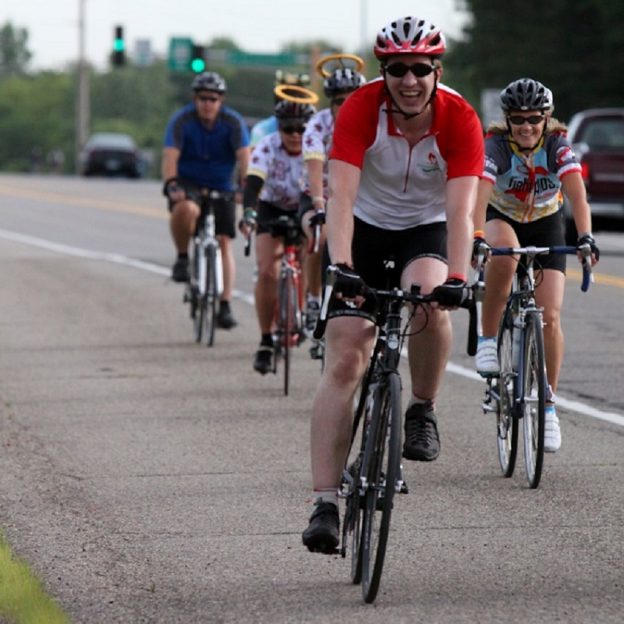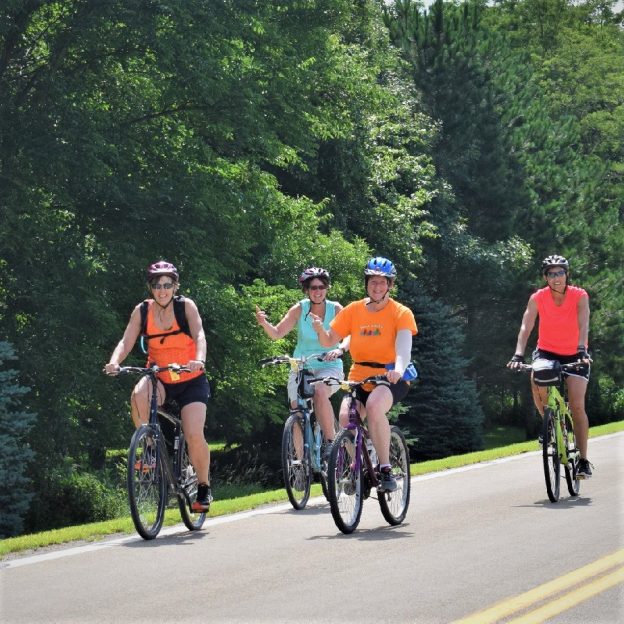Tag: bike safety
-
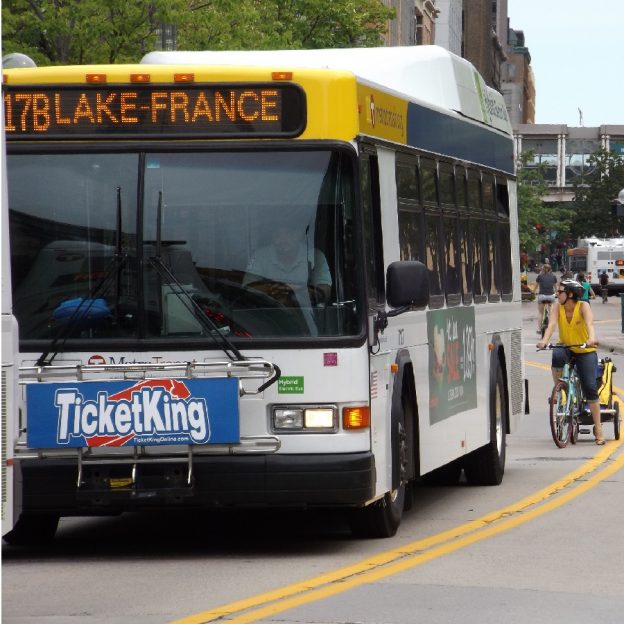
Bike Pic July 12, sharing the road with a TC Metro SAG partner
This Saturday, after the early morning showers, enjoy the road, or trail
-
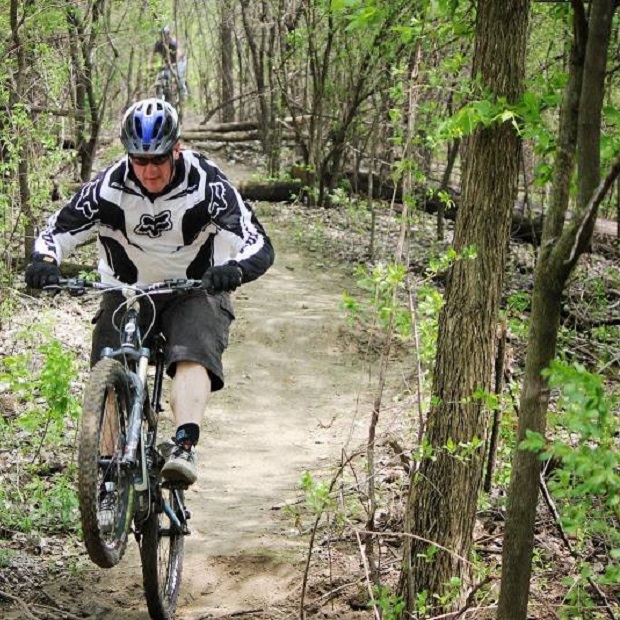
Riding tips for a fun ride on or off the paved bike trails
With warmer spring temperatures drying out the bike trails, we thought it would be good to repeat a message developed by the International Mountain Bike Association (IMBA). These tips work well for courteous conduct on both shared-use paths and lanes. Keep in mind that procedures for yielding and passing may vary in different locations or with…
-
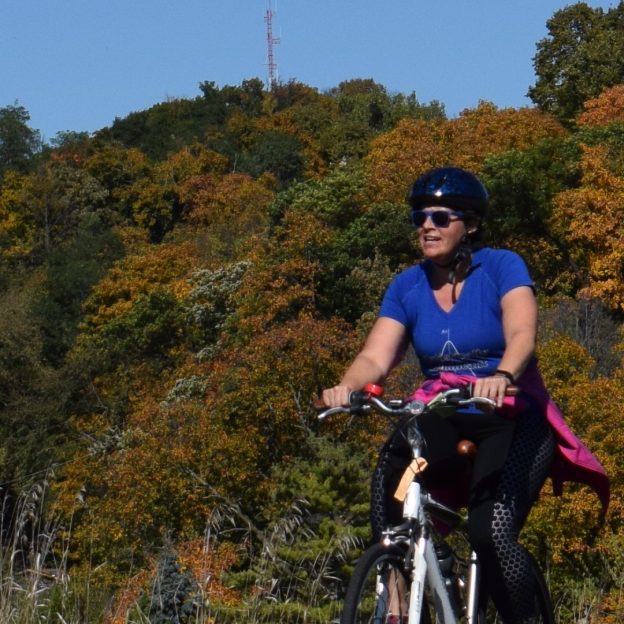
Making yourself heard with a bicycle bell, vs voice command
With summer riding opportunities here, it may be time to look for a new bicycle bell for added safety. Personally, I prefer using a bell when approaching slower cyclists and people walking on the trail, just ahead of me. Rather than using my voice alone, with a tone that may vary. I find a bell…
-
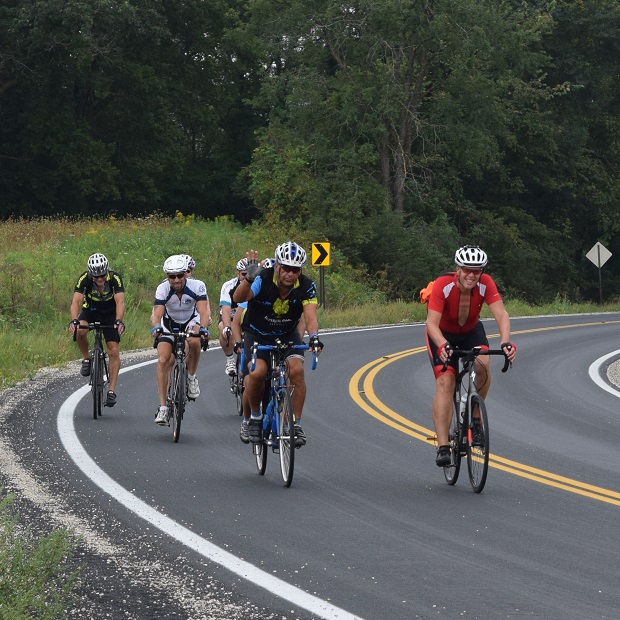
A safety list for bike touring around the world
Bicycles are the top form of transit around the world and for good reason: they’re relatively inexpensive, they don’t pollute and help keep their users healthy. In this article, you will find a helpful tip for bike touring here in the states and abroad.
-
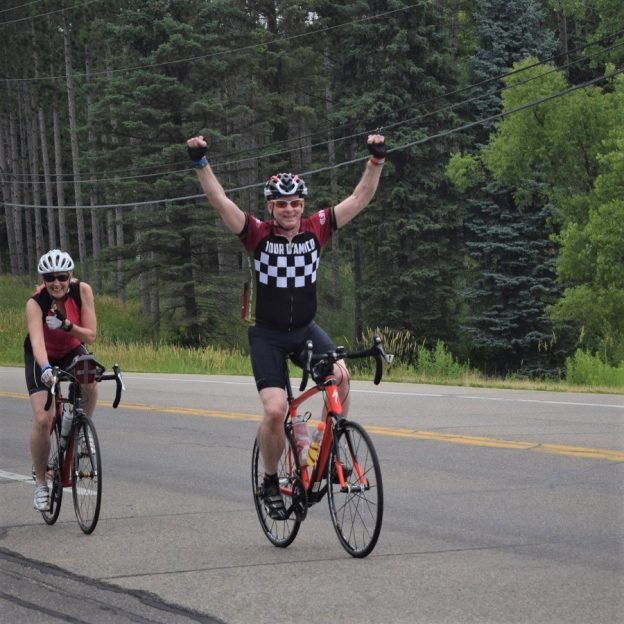
Revolutionary products the Carlito bike lock and Flat Stoppers tire sealant
Each year I go to Interbike to find the most technologically impressive products there. This year was no exception and there were two new products that were created by inventors who looked at a certain problem in a new way. The first is the Rocky Mounts Carlito bicycle lock and the second is the Flat…
-
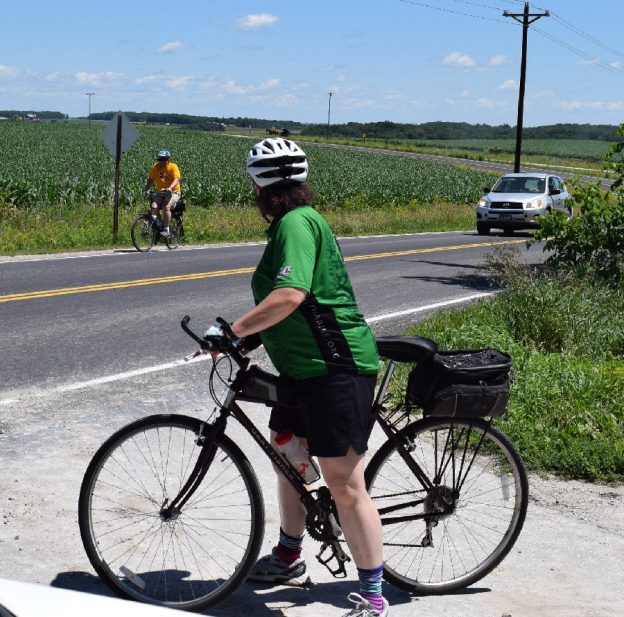
Bike Pic July 18, Watching The New Revised Passing Law Happen
Now that Minnesota motorists have the option to pass a bicycle in a no passing zone, as of July 1, this cyclist is watching it happen in Southeast Minnesota.
-
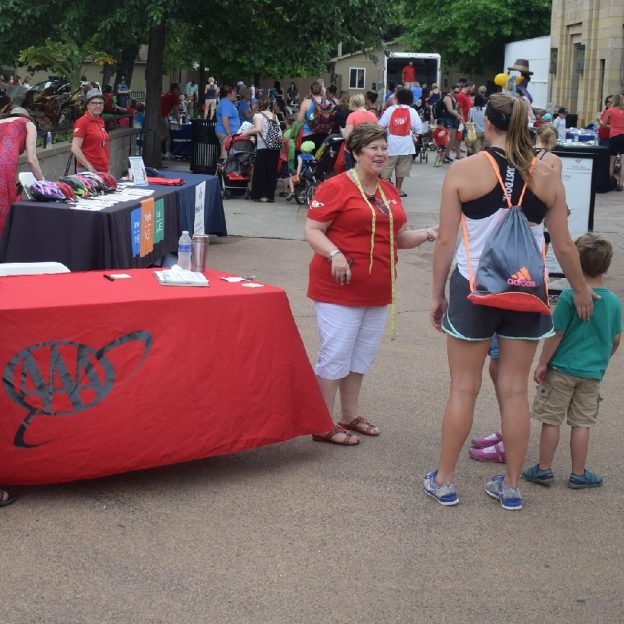
Hundreds Of Kids Made Their Way to the Safety Safari at Como Zoo
Earlier this month, with school out, hundreds of kids made their way to Como Zoo, to learn about bike safety and other tip at a Safety Safari. With a Safety Passport in hand children stopped at educational station to learn tips on riding a bike, being in and around a car and traffic and things…

